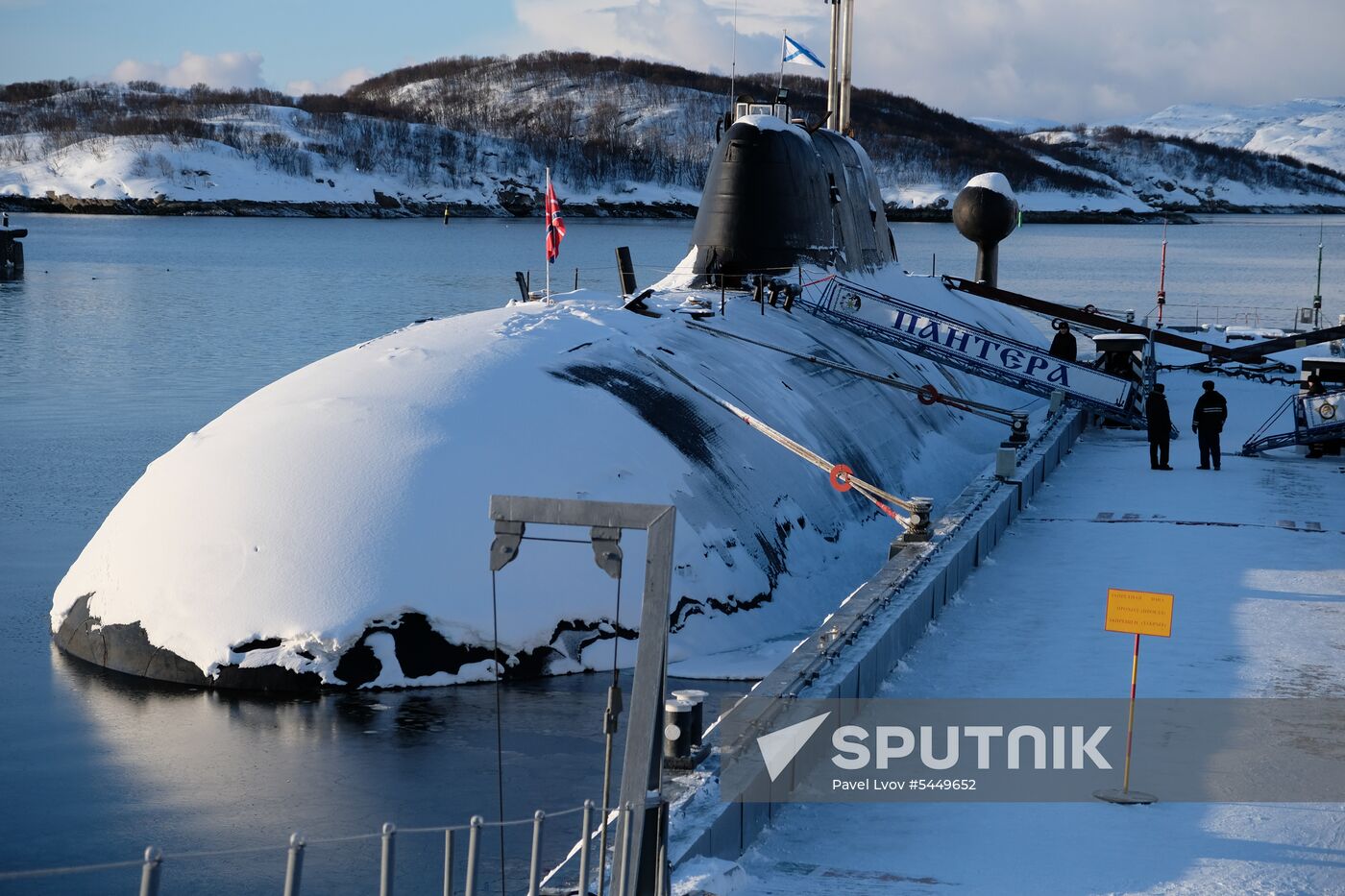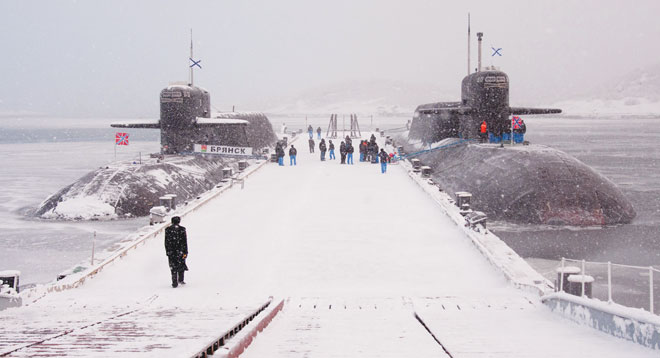Breaking through ice is a significant challenge for submarines, as they need to navigate through icy waters and avoid being trapped or damaged. Here are the ways submarines break through ice:

1. Diesel-electric propulsion: Submarines use diesel-electric propulsion systems, which allow them to move slowly and steadily through the water while producing a relatively low level of noise. This helps them to conserve energy and avoid detection by sonar or other sensors.
2. Ice-hardened hull: Submarines have an ice-hardened hull that can withstand the pressure and stress of breaking through ice. The hull is designed to be flexible and resistant to cracking, which helps to reduce the risk of damage.

3. Shaping and cutting: Submarines use specialized tools, such as ice picks or ice shapers, to shape and cut through the ice. These tools are designed to fit into the submarine’s nose and are used to chip away at the ice as it moves forward.
4. Propeller design: Submarines have propellers designed specifically for breaking through ice. The propellers are typically larger and more robust than those used on conventional submarines, with a special shape that helps to break up the ice.
5. Slow speed: Submarines break through ice at very slow speeds, typically around 1-3 knots (1.8-5.6 km/h). This slow speed allows them to conserve energy and reduce the risk of damage.
6. Thermal insulation: Submarines are designed to maintain a consistent internal temperature, even in cold water.
This thermal insulation helps to prevent damage from expanding ice and reduces the risk of damage to the hull.

7. Ice-sensing equipment: Modern submarines are equipped with advanced sensors that can detect ice thickness and composition, allowing them to plan their route accordingly.
8. Ice-breaking techniques: Some submarines use specialized techniques, such as “stop-start” or “slow-slow” movements, to break through thick ice. These techniques involve slowing down or stopping the submarine for short periods to allow the ice to break away.
It’s worth noting that not all submarines are capable of breaking through ice.
Those that are designed for Arctic operations, such as nuclear-powered attack submarines (SSNs) or ballistic missile submarines (SSBNs), are typically equipped with specialized equipment and trained personnel to navigate through icy waters.

Overall, breaking through ice is a challenging task that requires careful planning, precise navigation, and specialized equipment.
Submarines have developed innovative techniques and technologies to overcome this challenge, enabling them to operate effectively in icy waters.





